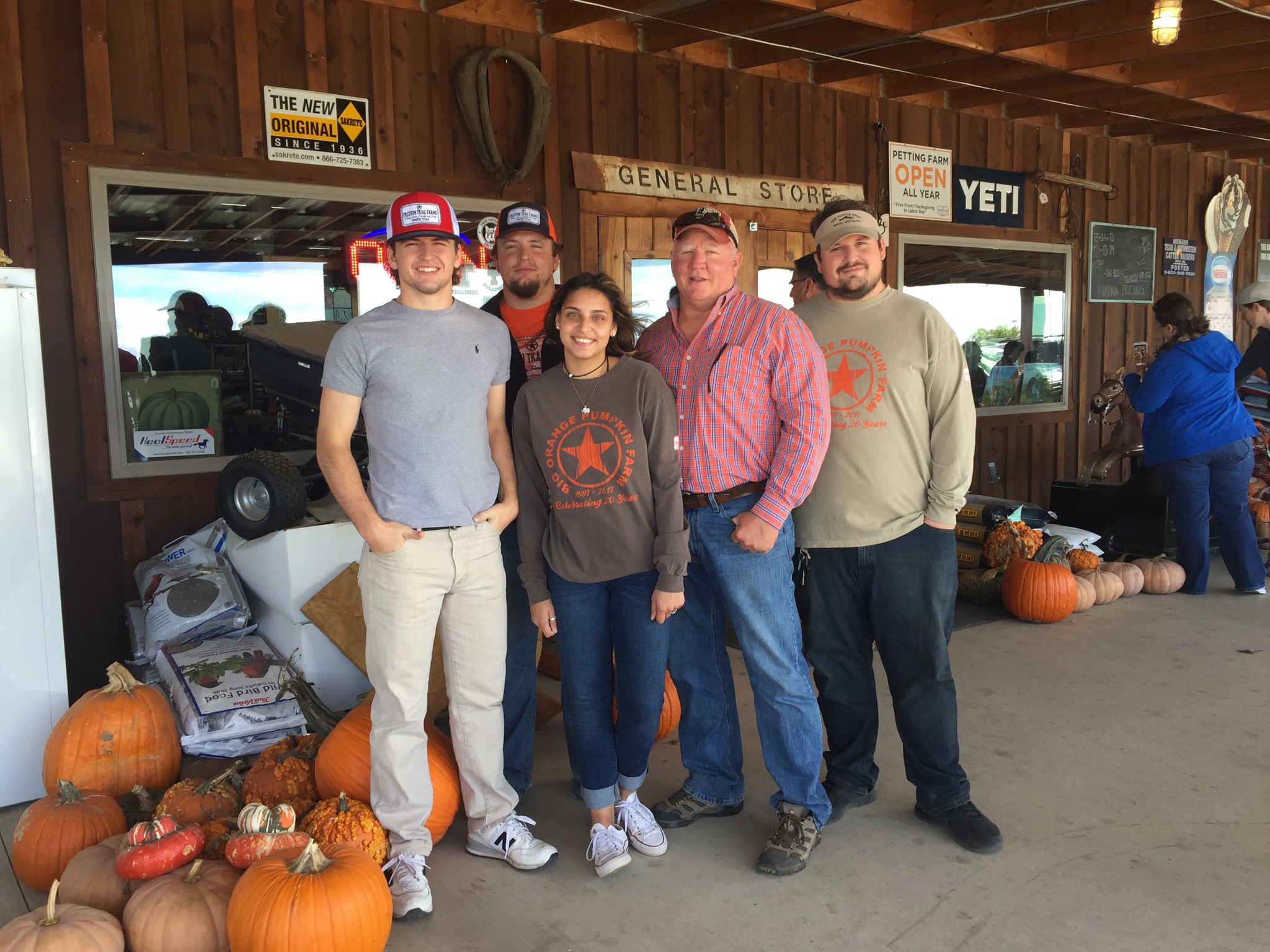It’s believed that pumpkins started in Central America, but seeds have also been seen in Mexico from related plants that date back over 7000 years to 5500 BC.
Native American Indians used pumpkins as a staple in their diet for centuries before the pilgrims landed. When European settlers arrived, they saw the pumpkins grown by the Indians and pumpkin soon became a staple in their diets as well.
Settlers brought seeds back to Europe where they quickly became popular. Just like today, early settlers used pumpkins in a wide variety of recipes, from desserts to stews and soups. Early settlers made pumpkin pie by filling a hollowed out shell with milk, honey, and spices, then baking it. Whether they learned this from Native Americans is not known. In addition to cooking with pumpkins, they also dried the shells and cut strips to weave into mats.
 Because of their frequent use by early settlers, by the end of the 1800’s pumpkins were identified with the nostalgia of our rural history. It’s a symbol of fall harvest and specifically associated with Thanksgiving. Pumpkin pie – yum!
Because of their frequent use by early settlers, by the end of the 1800’s pumpkins were identified with the nostalgia of our rural history. It’s a symbol of fall harvest and specifically associated with Thanksgiving. Pumpkin pie – yum!
